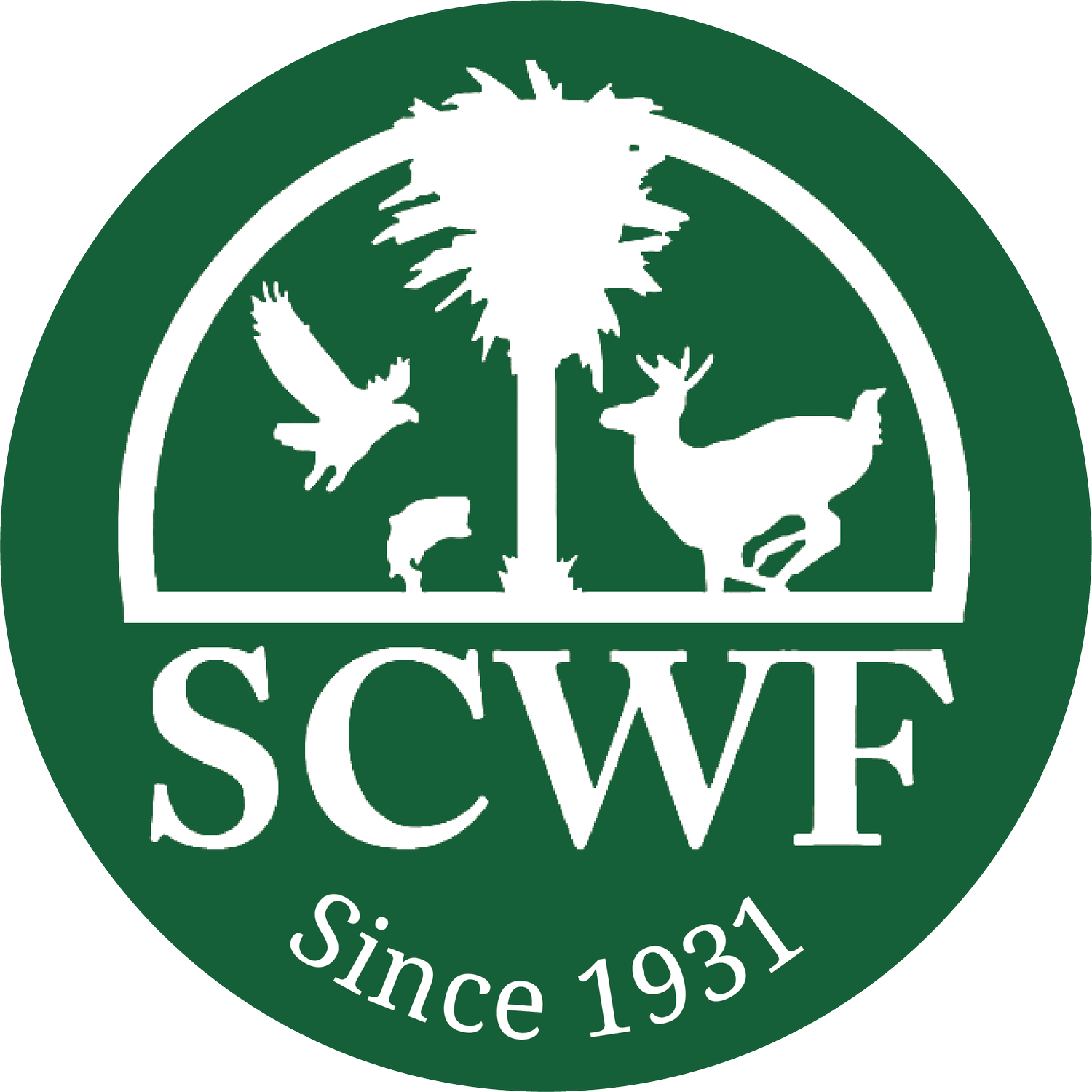Senator Hembree of Horry County has introduced a bill (S.581) which would designate the Venus Flytrap as South Carolina’s Official State Carnivorous Plant. SCWF spoke in support of this bill at a recent sub-committee meeting, where it passed unanimously out, and will next be considered by the full Senate Family & Veterans' Services Committee. If approved by the Committee, it will be placed on the Senate calendar for a floor vote.
Recent News Coverage:
03/21/23: Snap! Venus fly trap fans ask South Carolina to honor plant - AP News
Venus Flytrap in Horry County, SC - photo by Austin Jenkins
Here is a copy of remarks from Sara Green, Executive Director, at the sub-committee hearing:
Thank you, Mr. Chairman, and members of the subcommittee, for the opportunity to speak with you this morning. I am the Executive Director of the South Carolina Wildlife Federation. We are the oldest conservation organization in the state, founded in 1931 by Harry Hampton and Zan Heyward.
Our mission is to conserve and restore habitat for wildlife through education and advocacy.
We hold classes and events throughout the state to teach people of all ages about our beautiful state’s natural resources, and how they are connected with the local ecosystem, as a way to inspire folks to take action to preserve our natural treasures.
We have taken people to see and experience many of the special gems all across South Carolina, and this includes the Venus Flytraps in Horry County.
The worldwide natural population of this species is only found in a few counties in NC, and ONE county in SC – Horry County.
Like all plants, the Venus flytrap gets its energy from the sun through photosynthesis. However, it lives in very nutrient-poor soil, so it has adapted a method of luring insects with sweet nectar, and capturing and digesting insects and arachnids to get nutrients that are not available in the surrounding environment.
The “trap” is made of two hinged lobes at the end of each leaf. On the inner surfaces of the lobes are hair-like projections that cause the lobes to snap shut when prey comes in contact with them. The hinged traps are edged with small bristles that interlock when the trap shuts to ensure the prey can’t squirm out. There are other carnivorous plants in the wild, but the Venus flytrap is one of the very few that exhibits motion to actively trap its prey.
Once the trap closes, the digestive glands that line the inside of the leaf secrete fluids that dissolve the soft parts of the prey, kill bacteria and fungi, and break down the insect with enzymes to extract the essential nutrients. These nutrients are absorbed into the leaf, and five to 12 days following capture, the trap will reopen to release the leftover exoskeleton.
These plants were historically found as far south as Charleston, but many threats have limited its range to today’s small populations.
This species is often poached because there is a market for these plants for backyard gardens. There are specific guidelines online for how to buy plants which were farmed rather than ones that were illegally dug up from native populations.
New housing developments are a threat due to clearing of land and draining of the boggy habitats where this species thrives.
This is a highly fire-dependent species and it flourishes best when the landscape is burned every 2-3 years. Managing habitat for this one species with fire protects many other species of plants and animals including maintaining viable habitat for our game species like quail, turkey, and deer.
This designation will help promote education and awareness of this globally unique and rare species found in our state, and help to promote stewardship and conservation. Since our state symbols are part of an education standard taught in elementary schools across the state, this designation will also help develop curriculum in our schools for a species that is right here in our own state, and is sure to capture the attention of students!
I thank you for your consideration of this bill this morning. The South Carolina Wildlife Federation fully supports passage of this bill.
SCWF’s Sara Green speaks in support of the bill - photo by Trip King.
Banner photo by Austin Jenkins.



